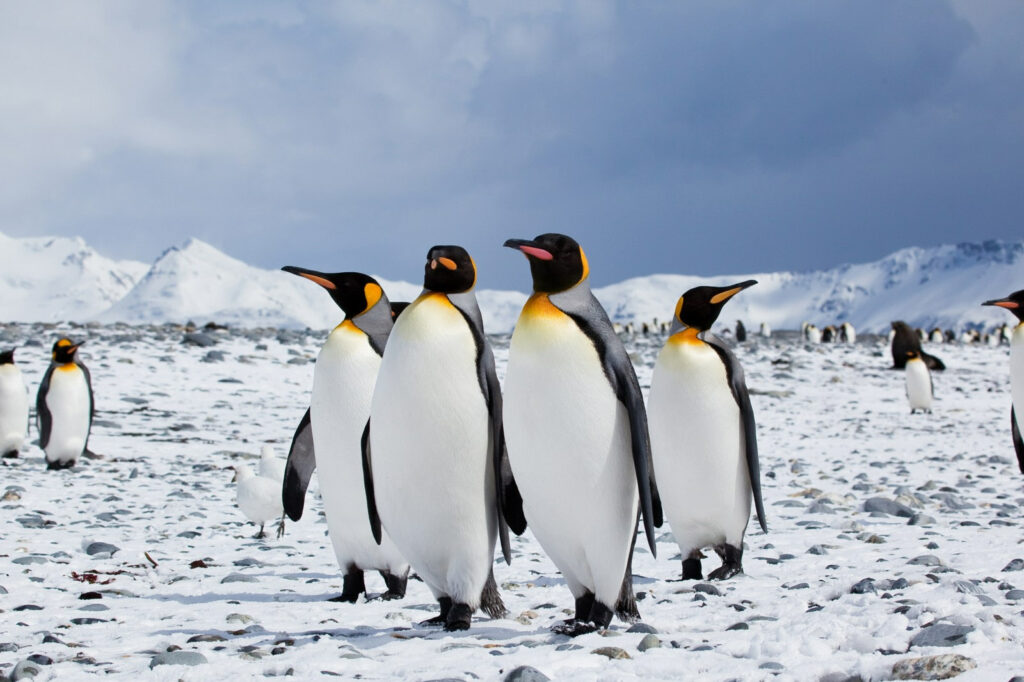The Wildlife Conservation Society says that as climate change drives some species to climb higher up into the hills and mountains to find cooler temperatures, it might… no. Not what you think. It might, WCS says, have the beneficial effect of getting them away from human encroachment on ecosystems and actually help them survive. And since we have complained about the alarmist habit of claiming every impact of climate change is not just bad in itself but triggers worse knock-on effects in an accelerating rush to disaster, we are pleased to see someone talking about a positive tradeoff.
Now let’s be clear here. The Wildlife Conservation Society is not saying yay, global warming is saving the whales. Or never mind the destruction of ecosystems, things can always run up a hill. Nor are we suggesting that, among the pressing environmental issues that genuinely require both research and remedial action, the destruction of natural environments is not major. We are simply applauding the intellectual honesty of people who found something they were not expecting that did not fit their dominant “narrative” and reported it anyway.
As Paul Elsen, “a WCS Climate Adaptation Scientist and lead author of the study” was quoted in their press release, “Our results offer a glimmer of hope for montane species under climate change. Montane species are still facing tremendous human pressure, especially at low elevations, but we have the opportunity now to protect intact habitats at higher elevations to give these species the best possible chance going forward.” They’ve found a silver lining, not dispelled the dark cloud.
Also, and you may have seen this one coming, it’s not a study of what actual beasties are doing, whether cute cuddly mammals or some gross crawly thing with a great many legs. Rather, after looking at high-resolution maps of hillsides and climate computer models, “The authors then used computer simulations to place hundreds of thousands of hypothetical ‘species’ across all mountain ranges at different elevations and then predicted how they would shift their ranges based on climate projections.” You guys really need to get out more.
Still, we’re happy because what you’d normally expect to hear is that climate change had driven some species up the mountain and off the cliff. Instead they said well, it’s bad but it has this good effect so let’s do what we can with the extra time it might buy us.



All those raccoons that used to live in the Greater Toronto Area now inhabit the Niagara Escarpment, I guess. Yippee.
Hmm, that would be the same habitat destruction as, say, Apple clearing woodland to build a Solar Farm, maybe?
“The authors then used computer simulations to place hundreds of thousands of hypothetical ‘species’ across all mountain ranges at different elevations and then predicted how they would shift their ranges based on climate projections.”
This seems like an huge amount of effort to get to a common sense result. Further, there results are based on averages of model results that often don't even agree on the sign of the projected change on regional scales. At most they are projecting a possible response to a possible change and declaring it "good news". I do share your conclusion that it is at least hopeful that they published a paper with a projection of something other than catastrophe.